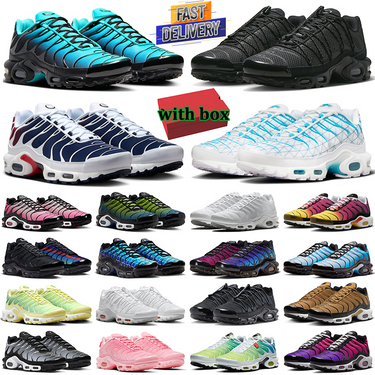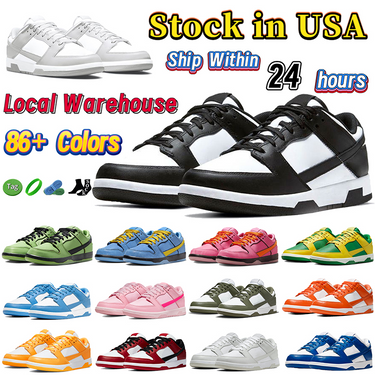We’ve all been there—whether it was because of an irresistible sale or a gift from someone who guessed wrong on size, sometimes we end up with shoes that are just a little too big.
Of course, you could return them, but what if you really like them, and returning isn’t an option?
One of the first fixes many people turn to is adding insoles, but what if that’s not your style or they simply don't work for the type of shoe you have?
Let me share three simple and effective ways to make shoes smaller without using insoles.
These tips are practical and, in most cases, you can do them with items you already have around your home.
Whether you’re dealing with heels, sneakers, or flats, these methods are great for anyone looking to make a loose pair of shoes fit just right.
Also Read: 9 Stores Let You Return Worn Shoes – No Questions Asked!
3 Easy Ways to Make Shoes Smaller
Method 1. Use Ball of Foot Cushions or Gel Pads

One of my go-to tricks when shoes feel just a little too roomy, especially in the front, is to use ball of foot cushions or gel pads.
These pads, usually designed to make walking more comfortable, can actually help reduce space inside your shoes.
How It Works
Ball of foot cushions are placed at the front of your shoe, right under the ball of your foot.
What they do is provide extra padding, which both makes the shoe feel more snug and comfortable to wear.
The best part is that these pads don’t take up the same amount of room that a full insole does, so they’re perfect if you don’t want the bulky feel of insoles or if you’re just trying to adjust a specific area of the shoe.
Why This Works
Most shoes, especially closed-toe styles, tend to have extra room at the toe box. This is especially the case for people with narrow feet.
The pad slightly lifts the front of your foot, which reduces the space your foot has to slide forward. This prevents blisters and gives a more secure fit.
How to Apply It
It’s really simple to apply. You can buy adhesive pads, which you just peel and stick inside the shoe, or get non-adhesive ones that you can easily move from one pair of shoes to another.
Once placed inside, you should immediately feel the difference in fit. The cushion also helps absorb impact as you walk, which is an added bonus.
Method 2. Heel Grips for the Perfect Fit

Another effective method I’ve used for loose shoes is heel grips. You know the frustrating feeling of your heel slipping out with every step?
Heel grips are designed specifically to solve that problem, but they also work wonders in making shoes feel smaller overall.
What Are Heel Grips?
Heel grips are small adhesive pads that you stick inside the back of your shoe, right at the heel.
They’re made of soft materials like suede or foam and are designed to add cushioning and stop your foot from slipping out when you walk.
While their primary purpose is preventing heel slippage, they also work by reducing the space inside the shoe, helping your feet stay in place.
How Heel Grips Help
If your shoes feel too long or your feet tend to slide back and forth, heel grips can significantly improve the fit.
The added cushioning at the back not only takes up a little bit of extra space but also holds your foot more securely in place.
This method is perfect for any type of shoe that has a closed back, from ballet flats to loafers to sneakers.
Applying Heel Grips
Applying heel grips is straightforward. Just peel off the adhesive backing and press them firmly into the heel area of your shoes.
Make sure you line them up properly to avoid discomfort when wearing the shoes. Once they’re in place, they’ll offer a more snug fit without you feeling cramped.
Method 3. Wear Thicker Socks or Double Up

This method may seem obvious, but it’s often overlooked: wearing thick socks or even doubling up on socks is a highly effective way to make shoes feel smaller, especially when you need a quick, no-fuss fix.
This solution is ideal for closed-toe shoes like sneakers, boots, or even casual flats.
Why This Works
The logic behind this method is simple: more layers mean more bulk, which naturally takes up extra space inside the shoe.
By adding a thicker sock, your foot occupies more room, giving the illusion that your shoes are smaller.
Doubling up on socks works similarly but can allow for more flexibility if you need to adjust the fit day-to-day.
When Thicker Socks Work Best
This method is most effective in cooler weather when wearing thicker socks feels more appropriate.
It’s great for sneakers, hiking boots, or any other closed-toe shoes where a little extra padding around your feet won’t interfere with the shoe’s look or comfort.
You can find special cushioned socks, wool socks, or just regular thick cotton socks that will do the trick. For a tighter fit, wearing two pairs of thinner socks stacked together can achieve a similar result.
The Double-Sock Trick
If you don’t have thick socks on hand or the shoe fit isn’t off by too much, you can try the double-sock trick.
Just layer a thinner pair of socks underneath your regular socks. This can help fill out any small gaps, making your shoes fit more snugly. While this is a temporary solution, it works wonders when you’re in a pinch.
One thing to keep in mind is that this method might not be ideal for open-toe shoes or sandals, but it’s a quick and easy fix for sneakers, boots, and other closed styles.
Bonus Tip: Shrink Your Shoes with Heat and Water (For Some Materials)

While I’ve highlighted three primary methods to make shoes smaller, I also wanted to touch on one additional technique that works for certain materials: using heat and water to shrink the shoes themselves.
How to Do It
For shoes made of natural materials like leather or suede, a little heat can go a long way. Start by dampening the area of the shoe that feels too big with a spray bottle.
Then, use a blow dryer on a medium heat setting to gently heat the damp area. The heat will cause the material to contract slightly as it dries, making the shoe smaller in that specific area.
Important Considerations
This technique works well for shoes made from natural materials but should be used cautiously.
You don’t want to damage the shoes or shrink them too much, so always test a small, inconspicuous area first. Also, avoid using this method on synthetic materials like faux leather, as they don’t respond well to heat.
Final Thoughts
It can be frustrating to buy or receive shoes that don’t fit quite right, but with a little creativity, you can make them work without needing to return them or resort to uncomfortable insoles.
I hope these tips help you adjust the fit of your shoes in a way that feels comfortable and keeps your favorite pairs in rotation.
Whether you choose ball of foot cushions, heel grips, or simply thicker socks, there are plenty of ways to customize your shoes for a better fit without sacrificing style.
Remember, the key is finding what works best for you and the type of shoes you have.
Each method can make a noticeable difference, and since none of them are permanent, you can always try a few options until you find the perfect solution.
Your feet deserve shoes that fit, so don’t hesitate to experiment!
Also Read





